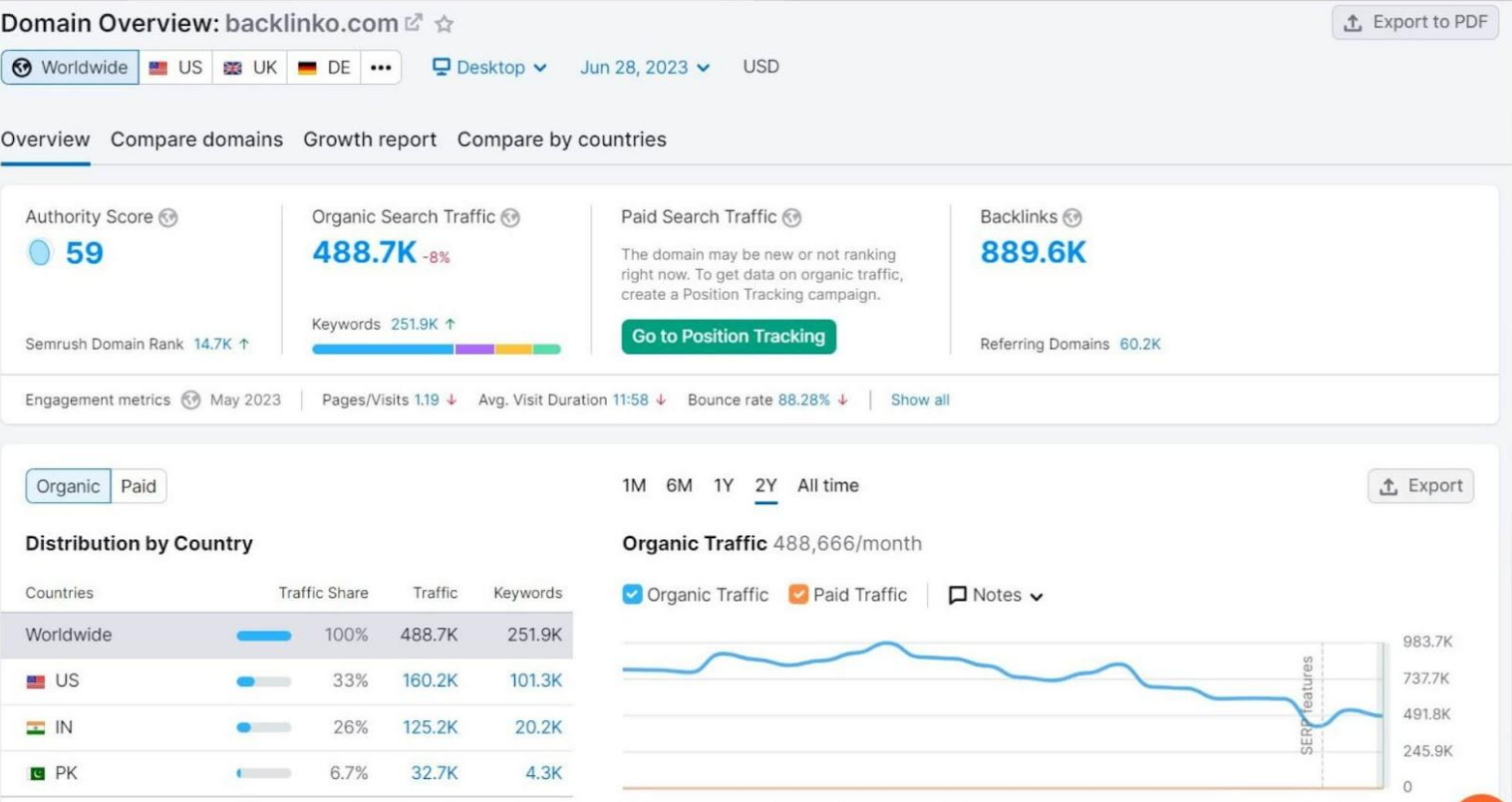
In a world where technology is the backbone of innovation and progress, understanding the role of Tech Public Relations (PR) is crucial for any business, startup, or individual in the tech industry. Public Relations, a discipline focused on managing communication between an organization and its public, has evolved significantly with the advent of technology. Tech PR, a specialized branch of PR, navigates the intricate landscape of technology to build and maintain a positive image for companies, products, or services.
The essence of technology PR lies in its ability to adapt to the fast-paced and ever-evolving tech environment, employing strategies that resonate with tech-savvy audiences and leveraging platforms that are at the forefront of digital communication. It plays a pivotal role in shaping perceptions, fostering relationships with key stakeholders, and driving the narrative around technological advancements and innovations.
In this article, we will uncover the strategies that make technology PR effective and the challenges it faces in a world inundated with technological breakthroughs and digital transformations.
Defining Tech PR
Technology Public Relations is a specialized subset of public relations that focuses on promoting and managing the reputation of companies, products, and services within the technology sector. Unlike traditional PR, which might deal with a broad range of industries from fashion to finance, technology PR is tailored to address the unique challenges and opportunities presented by the industry.
At its core, technology PR aims to:
- Communicate Innovations: Whether it's groundbreaking software, a revolutionary gadget, or a novel tech service, technology PR ensures that these innovations are presented to the public in an understandable and appealing manner.
- Build Relationships: Technology PR professionals cultivate strong ties with journalists, bloggers, influencers, and analysts. These relationships are crucial for securing media coverage, product reviews, and expert opinions that can boost a company's credibility and visibility.
- Manage Crises: The tech world isn't without its controversies. From data breaches to product malfunctions, Tech PR is responsible for managing these crises, mitigating damage, and restoring public trust.
- Educate and Inform: With the rapid pace of technological advancements, it's easy for the general public to feel overwhelmed or left behind. Tech PR plays a role in demystifying complex concepts, making them accessible to a wider audience.
- Shape Perception: In a sector as competitive as technology, perception can be everything. PR strategies are designed to position companies as leaders, innovators, and trusted entities in their respective niches.
It's also worth noting that Tech PR isn't limited to just technological companies or startups. Any organization that integrates technology into its operations, products, or services - whether it's a retail brand launching an e-commerce platform or a healthcare provider introducing telemedicine services - can benefit from PR.
Features of PR for Technology Companies
The features of Tech PR not only aim to enhance a company's image and market presence but also adapt to the rapid pace and innovative nature of the tech sector. Here are some key features that define PR for technology startups.
Specialized Media Outreach
Tech PR focuses on developing relationships with media outlets that specialize in technology and innovation. This targeted outreach helps ensure that the right message reaches the right audience, including potential investors, tech enthusiasts, and industry influencers.
Emphasis on Innovation and Technology
A core feature of PR from a tech agency is its focus on highlighting a company's innovations and technological advancements. This involves creating compelling narratives around new products, services, and technologies that can disrupt the market or improve lives.
Technical Content Creation
PR agency professionals are skilled in translating complex technical information (guide, white paper, etc.) into accessible and engaging content. This content is crucial for educating customers, stakeholders, and the wider public about the technology's specifics and benefits.
Event Management
From product launches to major conferences, events are a staple in tech PR. These events serve as a platform for direct engagement with stakeholders, providing a live showcase of technology and partnerships.
Innovation Showcasing
Tech PR frequently focuses on highlighting a company’s innovation and forward-thinking nature. This can involve promoting patents, research, and development insights, or futuristic visions that position the company at the cutting edge of technology.
Global Reach and Localization
Considering the global market for technology products, PR often involves strategies tailored to different geographical areas. This includes localizing messages to fit cultural nuances and regulatory environments.
Types of Technical PR
Press Releases and News
This traditional form of PR is pivotal for announcing new startups, products, partnerships, or corporate milestones. Press releases are crafted to capture the media's attention and are distributed through various channels to reach journalists, bloggers, and news outlets.
Promotion Using Influencers
Tech companies increasingly leverage influencers within the tech community to gain credibility and reach. Influencers, ranging from vloggers to industry experts on social media, can provide authentic endorsements and demonstrations of technology products, which can significantly sway consumer opinions and behaviors. A specialized influencer agency can help set up connections with right experts.
Content Marketing
This involves creating and distributing valuable, relevant, and consistent content to attract and retain a clearly defined audience. For companies, this can include blog posts, white papers, case studies, and videos that highlight technology applications, benefits, and industry insights.
Social Media Management
Managing a robust social media presence is crucial for tech companies. This involves not only posting regular updates and content but also engaging with followers, participating in industry conversations, and using platforms like LinkedIn, Twitter, and Instagram to build community and brand loyalty.
Data-Driven Tech PR Strategy
In a field as measurable as technology, PR strategies can be significantly enhanced by data-driven insights. This includes using analytics to tailor campaigns, understand audience behaviors, and measure the effectiveness of different PR activities. Data-driven strategies help in refining messaging and optimizing media placements to maximize reach and impact.
Key Components of Effective Tech PR
Navigating the dynamic landscape of the industry requires a strategic approach to public relations. An effective PR campaign is not just about promoting a product or service. It's about crafting a narrative that resonates, building lasting relationships, and positioning a tech entity as a thought leader. Here are the key components that underpin successful technological PR.
1. Target Audience Analysis
- Understanding the Audience: Recognizing the varying levels of tech-savviness among audiences, from early adopters to the general public.
- Segmentation: Categorizing audiences based on their interests, needs, and consumption patterns.
- Tailored Messaging: Crafting messages that resonate with each segment, ensuring relevance and engagement.
2. Crafting a Compelling Narrative
- Storytelling: Weaving a story around the technology that captivates and connects with the audience.
- Humanizing Tech: Demonstrating the human impact of technology, showing how it solves real-world problems or enhances lives.
- Consistency: Maintaining a consistent narrative across all communication channels to reinforce brand identity and values. For this purpose, startups turn to specialized PR agencies for startups, such as FinTech PR firms if they work in finance.
3. Media Relations in the Tech World
- Building Relationships: Cultivating strong ties with journalists, bloggers, and influencers to secure positive coverage.
- Press Releases: Crafting newsworthy announcements that highlight milestones, product launches, or significant developments.
- Media Kits: Providing comprehensive resources, including high-quality images, videos, and background information, to assist journalists in their coverage.
4. Digital Presence and Content Strategy
- Tech Blogs: Sharing insights, updates, and thought leadership pieces to engage and educate the audience.
- Social Media Engagement: Utilizing platforms like Twitter, LinkedIn, and Instagram to interact with followers, share news, and participate in discussions.
- Video Content: Leveraging platforms like YouTube for product demos, interviews, and behind-the-scenes looks.

5. Event and Product Launch Strategies
- Tech Conferences and Trade Shows: Showcasing products, networking with industry peers, and engaging with potential clients.
- Webinars and Virtual Events: Leveraging online platforms to reach a global audience, especially in a post-pandemic world.
- Product Launch Plans: Coordinated efforts across media relations, social media, and influencer partnerships to create PR stunt, buzz, and excitement.
6. Feedback and Analytics
- Monitoring Tools: Using tools like Google Analytics, Mention, or Brandwatch to track campaign performance.
- Feedback Loops: Encouraging reviews and feedback to understand audience perceptions and improve future strategies.
- Iterative Approach: Continuously refining PR strategies based on insights and changing industry trends.
Incorporating these components into a PR strategy ensures a holistic approach that not only promotes a tech entity but also builds trust, fosters relationships, and positions the brand as an industry leader. It's a blend of art and science, creativity and analytics, that propels brands to the forefront of public consciousness.
The Role of Digital Platforms in Tech PR
In the digital age, the landscape of PR has been profoundly transformed by the rise of digital platforms. These platforms, ranging from social media to online forums, have become integral to how companies communicate, engage, and build their brand presence.
At the heart of this transformation is the immediacy and reach that digital platforms offer. Social media, for instance, has become a real-time pulse of the industry. Whether it's a groundbreaking product launch, a response to a tech crisis, or a casual behind-the-scenes glimpse, these platforms have become the go-to channels for companies to share their stories and engage with their audience:
- Telegram
The interactive nature of these platforms allows for a two-way dialogue, fostering community management and loyalty among followers.
Content marketing, another pillar of digital PR, has found its home on platforms like Medium, company blogs, and podcasts. These platforms allow companies to delve deeper into topics, showcase their expertise, and position themselves as thought leaders. A well-researched blog post or an insightful podcast episode can resonate with audiences, offering value and building trust.
Influencer collaborations, primarily on platforms like YouTube and TikTok, have also emerged as a powerful PR tool. Tech influencers, with their authentic voices and dedicated follower bases, can offer reviews, tutorials, and insights that can significantly boost a product's visibility and credibility.
Search engines, while not platforms in the traditional sense, play a pivotal role in PR. Search Engine Optimization (SEO) ensures that content, whether it's a product page or a blog post, is easily discoverable. Being visible on search engines not only drives organic traffic but also positions the brand as a reliable and authoritative source in the tech domain.

Online forums and discussion platforms or specialized forums offer a space for deeper engagement:
- Quora
- Stack Overflow
Here, tech enthusiasts and experts converge to discuss, debate, and share knowledge. An active presence on these platforms allows companies to address concerns, share their expertise, and organically build their brand reputation.
Challenges and Pitfalls in Tech PR
Technological PR, while offering immense opportunities for brand building and communication, is not without its challenges. The fast-paced nature of the industry, combined with the intricacies of digital communication, presents a unique set of hurdles for PR professionals. Here's a look at some of the challenges and pitfalls in technological PR.
1. Rapid Technological Evolution
The tech industry is in a constant state of flux, with new innovations emerging almost daily. Keeping up with these changes and ensuring that communication remains relevant and timely can be daunting. PR professionals must stay informed and agile, ready to adapt their strategies to the ever-evolving tech landscape.
2. Over-saturation of Information
With countless companies vying for attention, the digital space is often saturated with announcements, product launches, and news. Standing out amidst this information overload and capturing the audience's attention requires creativity and a unique value proposition.
3. Navigating Misinformation
The digital age has also seen the rise of misinformation and fake news. PR professionals must be vigilant in ensuring that their communication is accurate and transparent. Any misstep can lead to mistrust and can damage a brand's reputation.
4. High Expectations for Innovation
In the tech world, there's an inherent expectation for constant innovation. PR campaigns that merely reiterate what's already known or don't bring something new to the table can fall flat. The challenge is to continually present fresh perspectives and groundbreaking narratives.
5. Crisis Management
Tech controversies, be it data breaches, product failures, or ethical concerns, can erupt without warning. Handling these crises with tact, transparency, and speed is crucial. A poorly managed crisis can have long-term repercussions for a brand's image.
6. Balancing Technical Jargon with Accessibility
PR often involves communicating complex concepts. The pitfall lies in overloading communication with technical jargon, making it inaccessible to the general public. Striking a balance between technical accuracy and relatability is essential.
7. Evolving Digital Algorithms
Platforms that are crucial for Tech PR, like social media or search engines, frequently update their algorithms. These changes can impact visibility and engagement, requiring PR strategies to be continually optimized.
8. Global Audience, Diverse Perceptions
Tech companies often cater to a global audience. Cultural nuances, regional regulations, and varying levels of tech literacy can influence how PR messages are received. Tailoring communication to diverse audiences while maintaining a consistent brand voice is a delicate balancing act.
Concluding Remarks
Tech PR stands at the crossroads of innovation and communication. In an era where technology is not just a tool but a transformative force, the role of technological PR becomes paramount. It's about crafting narratives that resonate, building bridges of understanding, and positioning entities as pioneers in a rapidly evolving landscape.
The challenges of technological PR, from navigating the fast-paced world of technological advancements to addressing the ever-present specter of misinformation, are indeed formidable. However, they also present opportunities. Opportunities to innovate in communication, foster genuine connections with audiences, and shape the discourse around technology in ways that are insightful, ethical, and forward-looking.
All in all, technological PR, with its blend of strategy, creativity, and technical acumen, is poised to lead the way, ensuring that the stories of technology are told with clarity, passion, and authenticity. It reminds us that even in a world of algorithms and data, the human narrative remains at the heart of all meaningful engagement.




